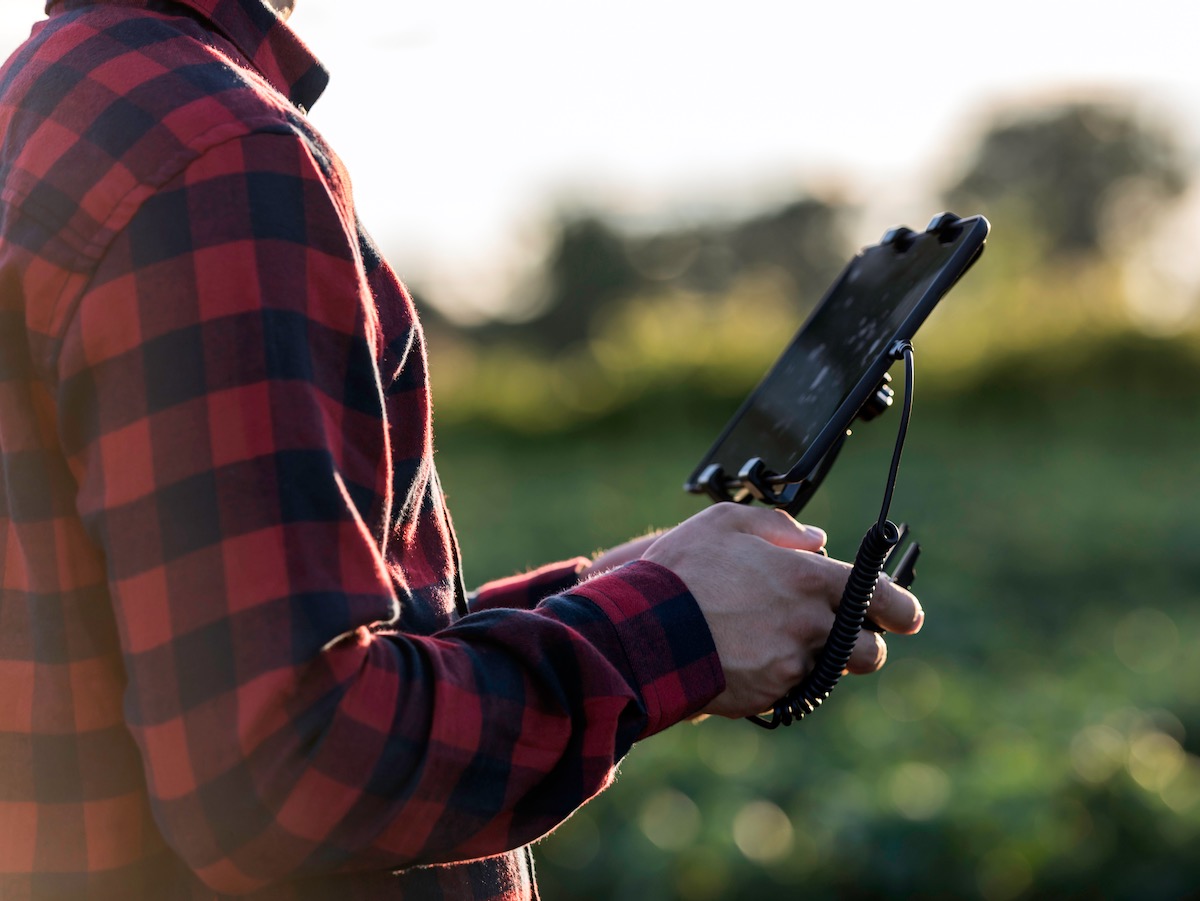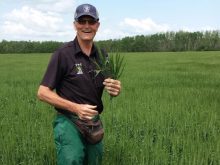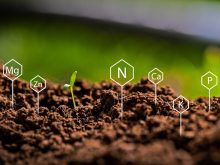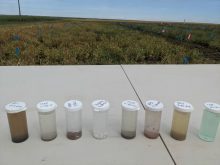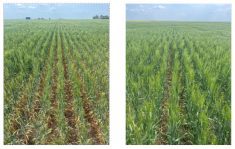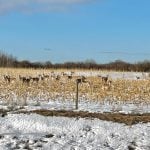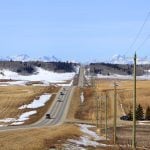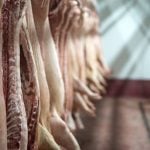With new products, new production practices and new technology converging in the agriculture industry at a frenetic pace, independent agronomists and crop advisors try to sort the wheat from the proverbial chaff as they advise clients on what might or might not work on an individual farm.
Not only has the pace of introducing new products and technology been unrelenting, but at the same time ongoing budget cuts at all government levels have reduced or eliminated the valuable network of independent crop and livestock researchers who for decades provided reliable feedback on the efficacy of new technology.
And for producers, the stakes are getting higher. As management consultants such as McKinsey & Company point out in published reports, the cost of agricultural inputs has increased globally between 80 and 250 per cent in the last few years. South American farmers have been the hardest hit, at about 247 per cent, while Asia’s input costs (around 82 per cent) are the least affected. The point being it is costing farmers more to produce agricultural products.
Read Also
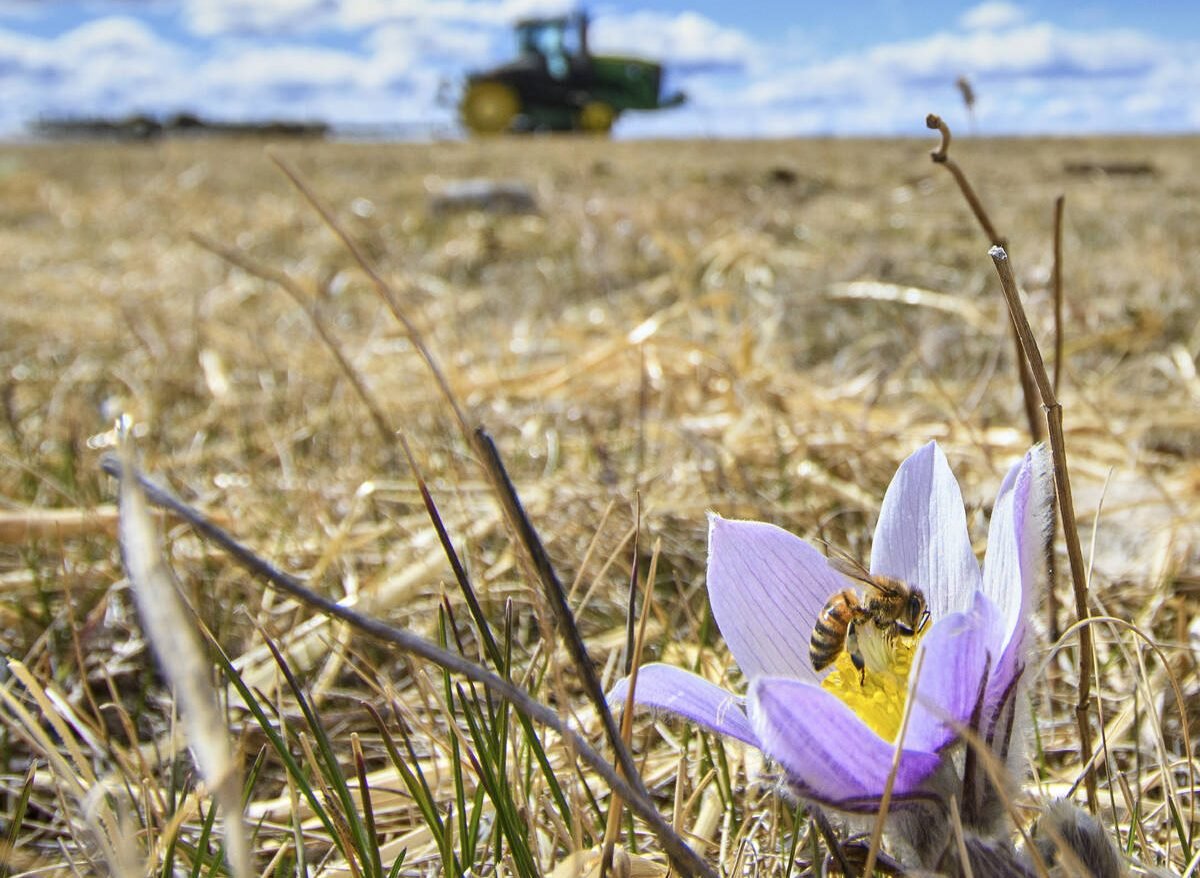
USask-led startup testing AI insect management app for Prairie growers
An AI-driven insect app identifies pests and beneficials, maps field-level pressure and offers management advice. Its developers at the University of Saskatchewan seek Prairie farmers for winter beta testing.
So when it comes to the value of great new ideas, where do producers place their input dollars to optimize production and still realize a satisfactory return on investment?
There is no silver bullet answer to that complex question, say several independent consulting agronomists across Western Canada working to provide clients with useful and relevant recommendations for their farms. Each consultant applies different strategies to evaluate new products, practices and technology. All aim to help producers make more informed management decisions.

The three Rs
Long-time southern Alberta crop consultant George Lubberts says professional agronomists need to ask the same questions about new products or technology as any consumer.
“I believe we need to apply the same scrutiny and due diligence whether it is the consultant, the farmer or the average consumer,” says Lubberts. “I’ve boiled it down to three Rs — we need to be looking and asking for independent research, local research results and return on investment for the grower.
“If someone comes along with a new product or service or new technology they want me to recommend to a producer, they need to be able to show me the independent research they used to evaluate that product or service. They need to be able to show me the local research results that make that product relevant to this geographic area and my client’s farm. And they also need to provide a cost-benefit or show the return on investment to my client. And if they can’t do that, then maybe it is a product or technology we need to avoid. They are asking me to endorse their product, but it is my reputation that is on the line and as independent agronomists, our reputations are important.”
Lubberts says independent research results are important because company-generated research can be biased. Local research and crop-specific research results are important as well.
“A new product might work well on durum wheat in central Saskatchewan, for example,” says Lubberts. “But how is it going to perform on hard red spring wheat in southern Alberta?”
And what about return on investment? “Is a 10 or 15 per cent ROI sufficient?” he asks. “A 15 per cent return might be great if you have money invested in a savings account, but with all the variables and risks of farming if you spend $100 per acre, is an extra $15 return sufficient? It is up to the producer to decide, but perhaps they should be looking at a 100 per cent return. I remember years ago an economist saying ‘Spending on fertilizer should produce a 3:1 return —you get $3 back for every dollar spent on fertilizer.’ It is important to look at the ROI and determine if it is worthwhile.”
And Lubberts also points out that not every benefit revolves around money. Does a new technology save time or improve efficiency? He points to the value of applying growth regulators to cereal crops. They don’t increase yield directly, but if they reduce crop lodging, that can increase the amount of grain that goes in the bin and reduce the stress of combining.
“Maybe using a new product or new technology just helps a person sleep better at night,” says Lubberts. “That can be worth a lot.”
Lubberts has also hired independent research organizations to help sort out questions about certain production practices. In 2020, for example, he contracted Farming Smarter to conduct research over two growing seasons to determine the best time to roll barley fields after seeding. Fields need to be rolled to push down rocks and flatten clumps of dirt to reduce damage risk to harvester headers as crops are cut for silage. But when should fields be rolled — soon after the crop has emerged? Or, should producers wait until the fourth leaf of first node stage, which was believed to produce a better silage stand?
“It was important to have some replicated trials to determine the best time for rolling fields,” says Lubberts.
The two-year trials showed that there were disadvantages to later field rolling. “My advice today is to roll those fields as soon as the farmer can see plants growing in the drill rows,” says Lubberts.
The research Lubberts funded prompted Farming Smarter to secure provincial research dollars to continue the research for three more years, looking at the time of field rolling on other crops.
“Yes, it costs money to hire contractors to conduct research, and it’s not something I can do on every question. But I look at it as an investment that helps me provide more relevant recommendations to my clients.”

Artificial intelligence compiles research
As a consulting agronomist as well as an instructor of precision agriculture at Lethbridge Polytechnic, Scott Gillespie says it is a challenge to stay current on rapidly changing agricultural products and technology.
The owner of Plants Dig Soil Consulting Ltd. based in Taber, Alta., Gillespie says his first step when it comes to new products and technology is to see what’s available in terms of independent, third-party research results.
“I can’t rely too much on company trials or even farmer testimonials,” he says. “Those results are interesting, but I really need to look for third-party research trials to see what work has been done.
“It is a challenge. There is just so much new stuff coming out that it is hard to keep up with the information and for research to remain relevant. For example, in some cases, a new product may be introduced but if it takes four or five years to plan, complete and evaluate a three-year replicated trial, that product might have been replaced by something else.”
Gillespie says research results collected by applied research organizations as well as commodity organizations across Western Canada are an excellent source of information.
“They develop properly designed research projects, often conducted as field-scale trials,” he says. “They provide very useful information that can be passed along to producers.”
When it comes to evaluating new production practices, it becomes even more of a challenge, because the practice may require investment in new equipment. Gillespie says evaluating, for example, strip tillage and precision planters, involves buying new equipment.
“For some things, I may need to look at well-established research from further afield, such as in the U.S. And from that you can see if the new practice or technology would be of value under southern Alberta growing conditions,” he says. “If it seems to make sense, then maybe more research is needed here to help with fine tuning that practice for local growing conditions. I can use that existing research to give me some idea whether something might be adapted locally.”
And again, to deal with an avalanche of information on new products and new technology, Gillespie is hoping that artificial intelligence can help with research efforts.
“For my own consulting business, as well as for teaching students about precision agriculture, there is just so much information out there. And how do you sort out what is the most relevant?” says Gillespie. “AI has just exploded in the last couple of years, so a year ago, I tried using ChatGPT to help sort through the research information. You can pick a topic, ask ChatGPT some questions and see what it comes up with.”
He uses ChatGPT but notes that Google, Microsoft and several other platforms have similar applications as well.
Gillespie says initially he found ChatGPT was making a lot of mistakes. But in the past year, as the program and database have improved, so have the ChatGPT results. “I can go to a topic such as soil health tests, for example, and ask it what kind of tests are out there, what are the pros and cons, what are the benefits and what are the critics saying, and it produces a fairly decent report.
“Today ChatGPT is able to cite its reference sources, so you can go to those research reports and determine how relevant they are. It is useful to have those references. It still has a ways to go. You still need to verify things, but it helps narrow things down. It is better than a Google search that just provides a list of websites. It narrows things down and you are able to find information faster.”
Along with artificial intelligence technology, Gillespie says he also reads several online magazines and farm newspapers to keep current on products and trends.

Turning to the U.S.
As he provides agronomy services to clients in southeastern Manitoba, adjacent to the North Dakota border, Adam Funk has found he often has to look to the U.S. to find new products, new varieties and agronomic research most relevant to his farming clients.
Funk, who owns Borderline Agriculture Inc., lives and farms near Winkler, about four miles north of North Dakota and just west of the Red River Valley. The valley floods every year as snowmelt and spring runoff from Minnesota and North Dakota move north through the valley toward Lake Winnipeg.
“There are agriculture research facilities in Manitoba about an hour north of where I live, but most of their research pertains more to crop production in western Manitoba than it does to eastern Manitoba,” says Funk. “And there is bean breeding work at an Ag Canada research centre, but it’s not keeping pace with new, higher-yielding varieties being developed in the U.S. So, for research information and new varieties relevant to producers in this area, I rely more on extension services from North Dakota State University as well as agriculture research in Minnesota. This part of eastern Manitoba with the Red River Valley has more in common with farming in the northern U.S.”
While soybeans were once grown widely in southeastern Manitoba, Funk says his clients have now found that corn and dry beans are the most profitable crops. To keep his clients as up-to-date as possible on new corn varieties, Funk works with producers to establish field-scale, replicated variety trials.
“Depending on the width of the planter, we will place seed of new corn varieties in four or six rows across the planter and then make at least two passes with the planter a half mile long,” says Funk. “Each variety within these field-scale replicated trials are harvested separately come fall, and usually the top performing varieties will be the ones recommended to producers for the following year.”
Similarly, with dry beans, he works with bean buyers who have access to U.S. markets and varieties. The buyers will select U.S.-developed new black, pinto or cranberry bean varieties, for example, and then obtain the minor use registration needed to evaluate those varieties in Canada.
Working with some of his clients, Funk will organize trials of these new varieties. Information on the top-performing varieties in Canada will be passed along to the bean buyers who will then advocate for the registration of those varieties in Canada.
When it comes to crop protection products, Funk also keeps a close eye on what products are working to control weeds and diseases in U.S. corn and dry bean crops.
The situation is complicated for many farms within the Manitoba Red River Valley flood plain as weed seeds such as waterhemp, kochia and Palmer amaranth are carried into Canada by floodwater from northern U.S. states. Some are familiar weeds in Canada while others are fairly new.
“For many years the challenge was dealing with herbicide resistance in wild oats,” says Funk. “But now we are seeing more broadleaf weeds with herbicide resistance.” He keeps an eye on what herbicides are used by U.S. farmers and then sees if there is comparable herbicide chemistry registered in Canada that can be used by Manitoba farmers.
“There are a few older, registered products that can be used with dry beans,” he says. “If there is a new product in the marketplace, we have to rely on the chemical companies to obtain minor use registration. The agronomists working for the chemical companies in this area do an excellent job.”
And herbicides aren’t the only weed control option. “One practice I have seen more of in the past couple of years on about 10 to 15 per cent of the acres farmed by my clients, is that farmers are pulling their cultivators out of the bush and using the cultivator to control weeds on some of their row crops,” says Funk. “They are weighing the option of making an $8 per acre cultivator pass versus perhaps a $50 to $100 per acre treatment with herbicide.
“Some long time agronomists are saying that farming has gone full circle, from tillage to zero-tillage and now back to tillage again,” says Funk. “I don’t believe that conservation farming practices will disappear, but tillage may return as one of the tools in the toolbox.”
Working with clients, he’s evaluated fall cover crops as a way to control weeds, but with generally long-season crops in rotation, there isn’t always time after harvest to get cover crops established. He’s also working with a group of farmers who have teamed up to buy a field sprayer, with plans to use John Deere See and Spray or green-on-green technology that uses sensors to differentiate between crop and weeds. As the sprayer makes a pass, weeds can be essentially spot sprayed or controlled more selectively.
“With it costing crop protection companies hundreds of millions to develop and register a new molecule for weed control, for example, it takes time for new chemistry to come to the marketplace,” says Funk. “It is important to also be looking at cultural control practices and other new technology such as robotic tillage and laser-guided weed control tools which perhaps 10 years down the road will be in common use.”

The power of a network
As a long-time consulting agronomist, as well as being part of a large family-run farming operation, Terry Aberhart has two objectives in mind as he evaluates new products or production practices.
“We are interested to see if this product has a fit for our own farming operation, but also to determine if it is something I can recommend to my clients,” says Aberhart, founder of Sure Growth Solutions Inc., located at Langenburg in east-central Saskatchewan.
“Usually we establish some field-scale replicated plots on our farm and we will monitor the results of those trials for three growing seasons. That information will give us a good idea if this is something we want to use on our farm, or if it has a fit with our clients.”
He also looks for any relevant research material about the product or technology, and often asks other agronomists if they’ve had experience with a particular treatment.
Over his consulting career, Aberhart says he has always found value in talking with other agronomists about their experience of what works and doesn’t work. With that in mind, he and six other consulting agronomists from across Saskatchewan and Manitoba formalized an agreement in the fall of 2024 to be part of the MNP AgIntellect service.
Each consulting agronomist will still “do their own thing” in terms of providing consulting services to their clients, but being part of MNP’s AgIntellect will provide an opportunity for them to share their knowledge and experience with each other.
MNP describes AgIntellect as “an all-in-one approach to farming.” With expertise in accounting and business planning, the company, by tapping into a network of consulting agronomists, can now add a new level of information to agronomic field decisions and ag technology provided to MNP clients.
“As a group, we’ve only been part of this for a few months,” says Aberhart. “But it has been great. It’s been an excellent opportunity for us to share our knowledge and experience with each other. Every consultant does things a little bit differently — uses different software, for example — and we each have our strengths whether it be in technology and data, or crop planning, or disease and weed control. And there is even a consultant with more experience in working with Hutterite colonies. So, as we share our knowledge, hopefully that will help us provide better service to own clients.”
The Saskatchewan and Manitoba consultants involved in the network represent clients cropping about 1.5 million acres of farmland. Aberhart says discussion is underway to invite Alberta consultants to the network as well.
Down the road, he sees opportunity for the network of consultants to organize research trials in their respective areas, which again will provide useful information on a product, production practice or technology that can be shared with clients.
“I believe there is great power in being involved with a network of your peers,” says Aberhart. “There is power in being able to share information, which helps to increase our knowledge and experience and makes our individual businesses more valuable. It all leads to providing improved services to our clients.”


